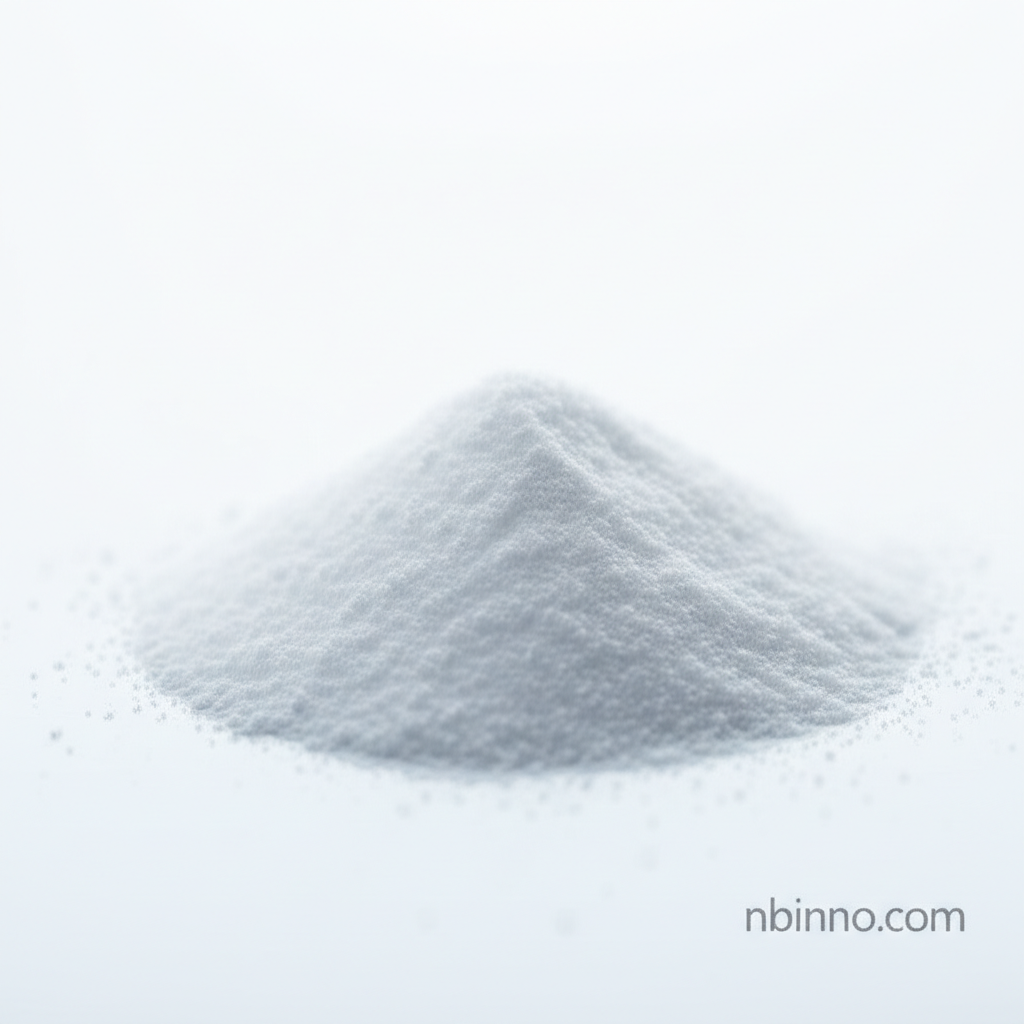Bis(3,5-dimethylphenyl)phosphine: A Key Intermediate in Pharmaceutical Synthesis and Organic Reactions
Unlock advanced chemical synthesis with our high-purity phosphine intermediate.
Get a Quote & SampleProduct Core Value

Bis(3,5-dimethylphenyl)phosphine
This compound serves as a critical pharmaceutical intermediate and a versatile ligand in organic synthesis. Its ability to form complexes with transition metals enables its use in asymmetric hydrogenation, carbonyl reduction, and other reactions, significantly enhancing reaction selectivity and efficiency. With a purity of at least 97.0%, it is an essential component for researchers and manufacturers aiming for precise and effective chemical transformations.
- Explore the benefits of using Bis(3,5-dimethylphenyl)phosphine as a pharmaceutical intermediate in drug development.
- Discover how this compound acts as an important ligand in organic synthesis, improving reaction selectivity.
- Learn about its applications in asymmetric hydrogenation and carbonyl reduction reactions.
- Understand the importance of transition metal complexes formed with this phosphine for catalysis.
Advantages Offered by the Product
Enhanced Reaction Selectivity
Utilize Bis(3,5-dimethylphenyl)phosphine to achieve superior selectivity in complex organic transformations, a key aspect of advancing pharmaceutical synthesis.
Catalytic Efficiency Boost
Leverage its role as a catalyst ligand in reactions like asymmetric hydrogenation to significantly improve process efficiency and yield.
Versatile Synthetic Applications
Its broad utility in organic synthesis makes it an indispensable tool for chemists working on novel compounds and processes.
Key Applications
Pharmaceutical Intermediates
A crucial building block in the synthesis of active pharmaceutical ingredients, contributing to the development of new medicines.
Asymmetric Hydrogenation
Employ this phosphine as a ligand in asymmetric hydrogenation reactions to create chiral molecules with high enantiomeric excess.
Carbonyl Reduction
Facilitate efficient carbonyl reduction reactions, a fundamental step in many organic synthesis pathways.
General Organic Synthesis
Serve as a versatile ligand and reagent in a wide array of organic synthesis reactions, enhancing control and outcomes.
